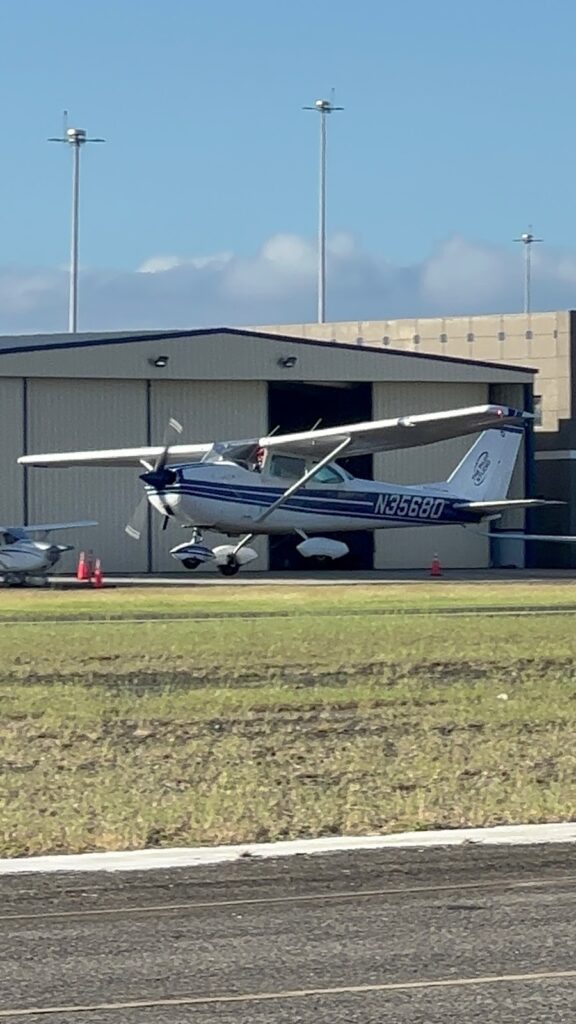The safety culture of a flight school isn’t just a bonus — it’s a non-negotiable.
Choosing the right flight school can be one of the most important decisions in your aviation journey. Whether you’re aiming to become a private pilot or pursue a commercial aviation career, safety should always be your top priority. A school with great marketing but poor safety practices could put your life and license at risk.
Here’s what to look for:
1. Safety Factors, Culture and Reputation
Ask around. Does the flight school have a known safety-first culture, or is it focused more on pushing students through quickly? A school that prioritizes proper decision-making, risk assessment, and consistent maintenance speaks volumes. At The Pilot Studio, safety is built into everything we do — from structured risk tools to instructor accountability and transparent aircraft tracking.
2. Maintenance Records and Fleet Condition
Visit the hangar. Are the aircraft clean, well-maintained, and organized? Ask to see their maintenance logs. Every aircraft should comply with the FAA’s inspection requirements — including 100-hour and annual inspections. You can read more about FAA maintenance rules here.
3. Instructor Standards and Experience
Don’t just ask about how many instructors they have — ask who they are. What kind of experience do they bring? Are they current and active in aviation? You want instructors who don’t just fly to build time, but who care about teaching you how to stay safe and sharp in the sky.
4. Search for Past Accidents or Incidents
Do a quick Google search of the school’s name along with terms like accident, incident, or crash. Look for any NTSB reports or local news coverage. If there are multiple recent accidents or safety issues, that’s a major red flag — especially if the school downplays or hides them.
5. Safety Reporting System
A good school encourages students and staff to report safety concerns. At The Pilot Studio, we use a Hazard & Safety Report system so that everyone — from renters to instructors — can speak up and contribute to a safer environment.
6. Emergency Preparedness
Ask how the school handles emergencies, both in the air and on the ground. Do they train for off-airport landings, system failures, or weather-related diversions? Are students taught how to use tools like Flight Service, PIREPs, or TAFs to stay ahead of risk?
7. Insurance and Risk Coverage
Flight training involves financial and physical risk. Ask whether the aircraft are fully insured, and if the student is liable for damages. A responsible school will walk you through these factors before you sign anything.
Safety should never be assumed — it should be demonstrated.
If you’re exploring schools in Puerto Rico, visit The Pilot Studio’s page to learn how we prepare pilots to pass exams and fly safely in the real world.

